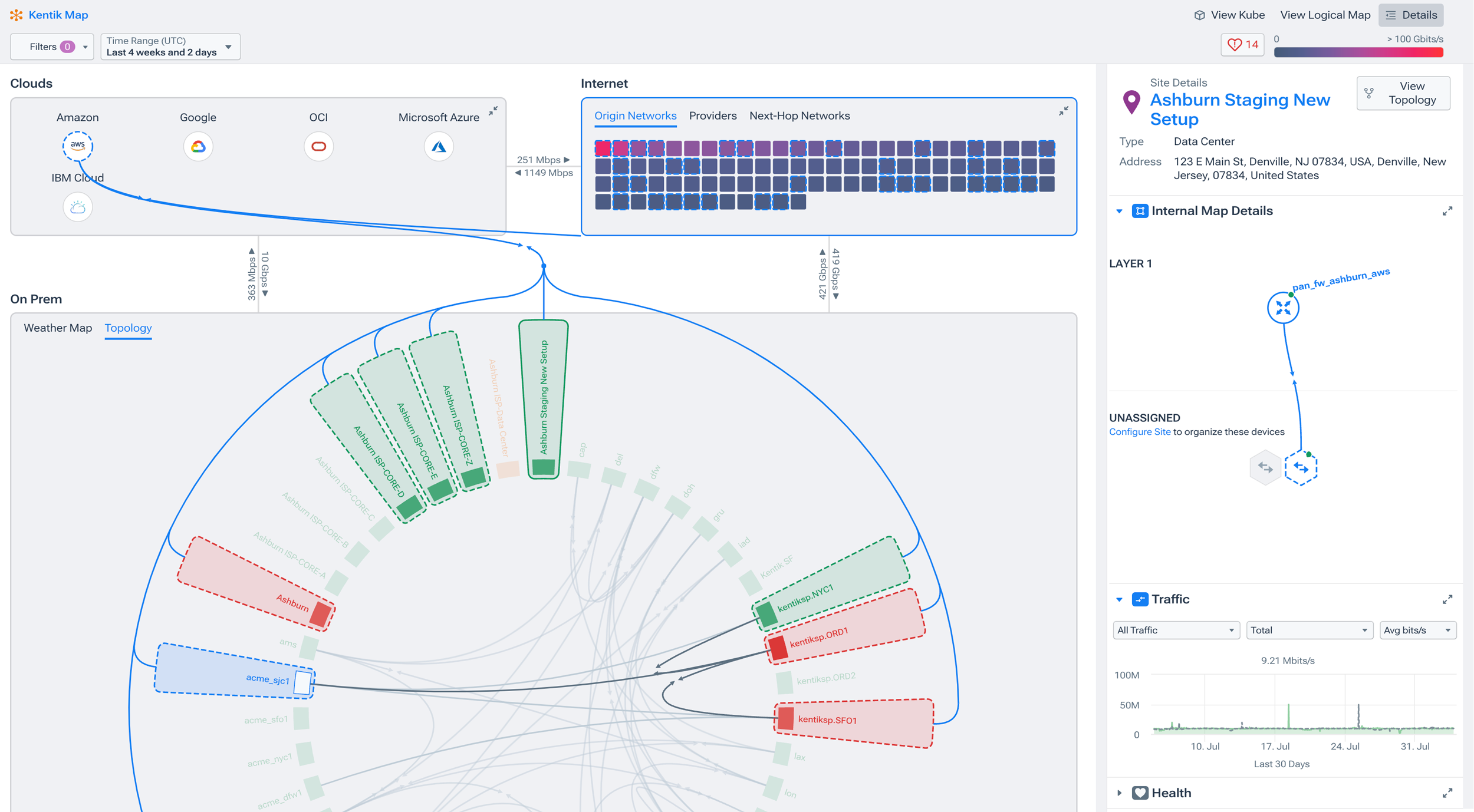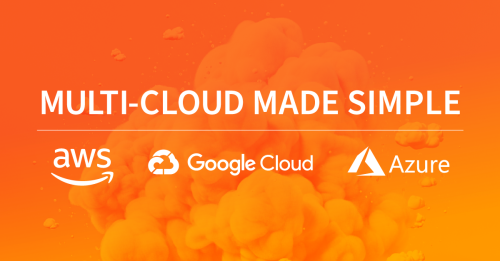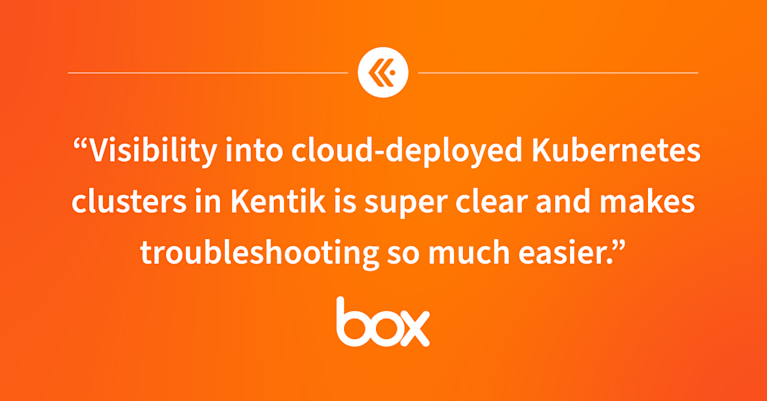Navigating Cloud Migration: Best Practices, Challenges, and Solutions
In today’s enterprise, the shift to the cloud is more than just a trend—it’s a business imperative. Yet, making this move is not just about hopping onto the cloud bandwagon. It’s about understanding the intricacies, preparing for potential pitfalls, and leveraging tools like Kentik for a seamless transition. This guide explores the what, why, and how of cloud migration, and how to ensure that your cloud journey is both smooth and strategic.
What is Cloud Migration?
Cloud migration is the strategic transition of digital assets—like data, applications, databases, and various IT resources—from on-premises or legacy data centers to cloud-based infrastructures. This process can also include shifting between different cloud platforms. Organizations undertake cloud migration to harness advantages such as improved performance, scalability, cost efficiency, and operational adaptability. Ensuring the success of cloud migration initiatives often involves using sophisticated tools to ensure smooth transitions and maintain network integrity in today’s dynamic tech landscape.
What are the Benefits of Cloud Migration?
The migration of digital assets and operations to the cloud is a strategic move made by organizations of all sizes. At its core, cloud migration offers a suite of advantages designed to bolster business operations, efficiency, and growth. Here are some of the primary benefits of transitioning to the cloud:
Cost Efficiency
Traditionally, maintaining and upgrading on-premises infrastructure required significant capital expenditure. Cloud computing shifts this to a more predictable operating expense model. Without the need for upfront investments in hardware and reduced maintenance costs, businesses can allocate resources more effectively.
Scalability & Flexibility
One of the hallmarks of cloud computing is its ability to scale resources on demand. Whether it’s coping with increased data during peak periods or scaling down during lulls, cloud platforms can adjust resources instantaneously, ensuring organizations pay only for what they use.
Business Continuity & Disaster Recovery
Cloud infrastructures often come with built-in redundancy across multiple locations. This setup ensures business continuity in the face of unexpected disasters, from server failures to natural calamities. The cloud also simplifies the process of backup and recovery, reducing the time and cost associated with these critical operations.
Enhanced Collaboration
With data and applications accessible from anywhere with an internet connection, teams can collaborate more effectively, regardless of their physical location. Real-time collaboration tools and shared access to resources streamline workflows and decision-making processes.
Automatic Updates
Cloud service providers frequently update their offerings, ensuring businesses can access the latest technologies, features, and security patches. These features relieve organizations from the burden of manual system updates, ensuring they always operate with the most recent and secure software versions.
Security Improvements
Leading cloud providers invest heavily in state-of-the-art security measures. By migrating to the cloud, businesses can benefit from advanced security protocols, encryption methods, and regular audits, reducing the risk of data breaches and unauthorized access.
Environmental Impact
By sharing resources in a cloud environment, organizations can reduce their carbon footprint. Efficient utilization of server capacities leads to less overall energy consumption, contributing to a greener, more sustainable future.
Quick Deployment and Time-to-Market
In the digital age, speed is crucial. Cloud platforms allow businesses to deploy applications and services faster than traditional infrastructures, enabling them to reach their market more swiftly and capitalize on opportunities.
Innovation and Competitiveness
With the flexibility and vast resources the cloud offers, businesses can experiment with new ideas more freely. The cloud acts as an enabler for innovation, allowing companies to test new concepts without significant capital risks, keeping them competitive in their respective markets.
Focus on Core Business
By outsourcing IT operations to the cloud, businesses can concentrate more on their core competencies, like product development or customer service, rather than getting bogged down by IT infrastructure challenges.
In the context of these benefits, solutions like Kentik can be used as essential cloud migration tools. By ensuring comprehensive network observability during and after the migration process, Kentik helps businesses harness the power and potential of the cloud. It’s not just about making the move to the cloud, but doing so strategically, securely, and efficiently.
Cloud Migration Challenges
While cloud migration promises a wide array of benefits, ranging from cost savings to enhanced scalability, the journey to the cloud is not without its challenges. As organizations move their digital assets, applications, and services, they must navigate numerous obstacles that can complicate the process. If not managed effectively, these challenges can hinder realizing the full potential of the cloud. Here are some of the most common challenges faced during cloud migration, as well as insights into how Kentik’s features address these hurdles:
Complexity of Cloud Migration
Transferring legacy applications and data to a cloud platform often requires careful orchestration. In many cases, these applications are deeply integrated with other systems and databases, complicating their relocation.
By offering comprehensive observability and real-time analytics, Kentik helps teams understand traffic patterns and dependencies, allowing for a more informed and smooth migration process.
Downtime & Service Interruptions
Any form of migration carries the risk of unexpected downtime or service interruptions, which can have a significant impact on business operations and customer satisfaction.
Real-time alerts and anomaly detection features in Kentik immediately flag disruptions, enabling rapid mitigation and ensuring seamless service continuity.
Data Security & Compliance
Safeguarding sensitive data during migration is paramount. The risk of breaches or unauthorized access during the transfer process, coupled with the need for compliance with data protection regulations, can be daunting.
Using Kentik Protect and other security analytics tools, businesses can closely monitor network activity, detecting and mitigating malicious behavior. Compliance checks ensure data transfers abide by pertinent regulations.
Cost Overruns
While moving to the cloud can lead to significant savings in the long run, the migration process can be costly if not managed properly. Hidden costs, from data transfer fees to unexpected licensing requirements, can quickly add up.

Kentik’s cloud traffic insights and cost-control tools ensure that businesses remain within budget and get the most out of their cloud investments.
Skills Gap
Cloud platforms introduce a new set of tools and technologies that IT teams might need to become more familiar with. This skills gap can delay migration and lead to suboptimal configurations.
Kentik’s intuitive dashboards and comprehensive cloud visibility tools simplify the migration process, reducing the steep learning curve often associated with cloud transitions.
Interoperability & Integration
Many organizations adopt a hybrid cloud approach, leveraging both on-premises and cloud resources. Ensuring these diverse environments work harmoniously can be challenging.

Offering end-to-end visibility across various platforms, Kentik ensures a harmonious integration of on-premises and cloud-based systems.
Post-Migration Performance Issues
After completing the migration, some applications might not perform optimally in their new cloud environment due to unforeseen configuration or compatibility issues.
With Kentik Synthetics and other monitoring tools, businesses can proactively detect, diagnose, and rectify performance bottlenecks, ensuring that applications run smoothly post-migration.

In the face of these cloud migration challenges, tools like Kentik play a pivotal role. As showcased in case studies from companies like Box and New Relic, having the right observability platform not only eases the migration process but also ensures that businesses can harness the full power of the cloud post-migration.
Types of Cloud Migrations
Cloud migration can be categorized into various types, each representing a different approach based on the organizational requirements, existing infrastructure, and desired outcomes. Here are some of the most common migration models:
-
Rehosting (“Lift-and-Shift”): Rehosting involves moving applications and data from the current environment to cloud infrastructure without any modification. It’s a quick and straightforward method, suitable for organizations looking to migrate quickly without altering their applications.
-
Refactoring (Re-architecting): Refactoring involves making certain changes to the application to adapt and exploit cloud-native features. Organizations that opt for this model are generally looking to achieve better scalability, performance, or other cloud-specific benefits.
-
Replatforming: In the replatforming model, applications are moved to the cloud with minimal alterations. This might involve minor tweaks to optimize for the new platform but doesn’t involve significant changes to the core application architecture.
-
Repurchasing: This involves moving to a different product, typically transitioning from a traditional license to a cloud-based service (e.g., from an in-house CRM system to Salesforce.com).
-
Retiring: As part of the migration assessment, some organizations might discover that certain parts of their IT portfolio are no longer helpful and can be turned off, resulting in cost savings.
-
Retaining: Some applications might not be suited for migration immediately and may remain in the current environment. These applications could be considered for future migrations.
Understanding these migration models is essential for any NetOps or DevOps professional, as it allows for an informed decision on which approach best aligns with the organization’s objectives and constraints. By choosing the right model, professionals can ensure a smoother transition, optimize costs, and achieve desired performance benchmarks.
Kentik’s tools and features can aid in each of these cloud migration strategies. For example:
- Rehosting: Kentik’s network intelligence platform can ensure that applications maintain their performance metrics even when lifted and shifted to the cloud.
- Refactoring: During the re-architecting process, Kentik’s insights can guide professionals on how best to optimize network performance in the new cloud-native architecture.
- Replatforming & Repurchasing: Kentik can provide visibility into how a replatformed or newly purchased cloud service interacts with other parts of the organization’s infrastructure.
Ensuring Cloud Migration Success with Kentik
Cloud migrations present numerous challenges to enterprises, from managing costs to ensuring security compliance and navigating a hybrid networking landscape. Recognized for its robust network intelligence platform, Kentik has helped businesses like Box and New Relic through these transitions, ensuring streamlined operations and optimized performance.
Overcoming Migration Challenges
Box’s move to Google Cloud posed a variety of challenges. With a tight migration schedule, they required clear visibility into their on-premises infrastructure throughout the migration process. At the same time, they had to maintain their existing on-prem setup, address the limitations of Google’s native cloud tools, ensure customer data protection, and control cloud costs.
Kentik’s network intelligence platform helped this migration in several ways:
-
Cloud Monitoring: By offering in-depth visibility into Box’s hybrid cloud network, Kentik was instrumental in analyzing traffic patterns, spotlighting bottlenecks, and optimizing network performance.
-
Anomaly Detection and Alerting: Real-time alerts provided by Kentik ensured that Box could quickly recognize and mitigate abnormal network behavior.
-
Security Analytics: Using Kentik Protect, Box was equipped to spot malicious network activity, ensuring that sensitive data remained safeguarded.
-
Custom Dashboards: Kentik’s specialized migration dashboards helped internal service owners at Box track migration progress effectively, providing insights on phased-out services and flagging misconfigured ones.
-
Cost Control: By offering insights into Google Cloud traffic, Kentik ensured cost and performance optimization.
Using Kentik, Box experienced time savings, enhanced network observability, and optimized performance and costs. Read the full cloud migration case study, “Box Achieves Google Cloud Migration Success with Kentik” here.
Enhancing Network Performance Post-Migration
New Relic, operating in a hybrid environment, benefited immensely from Kentik’s tools. Kentik Synthetics provided proactive insights, enabling quick diagnosis of network-related issues. By integrating seamlessly with New Relic One, Kentik offered a unified platform for monitoring, troubleshooting, and optimizing network performance. Its synthetic monitoring capabilities, covering data center, edge, and flow monitoring, coupled with the ability to provide concrete evidence for vendor-related performance issues, made Kentik indispensable for New Relic.
Taking advantage of Kentik’s intuitive Network Map reduced the reliance on multiple network monitoring tools, simplifying the tech stack and ensuring that New Relic’s customers enjoyed an uninterrupted digital experience.
Read the full case study, “New Relic Boosts Network Performance and Digital Experience with Kentik” here.

Preparing for a Future of Multicloud Networks
Kentik’s latest features give businesses a more straightforward path to navigate the intricacies of multicloud networks. Its end-to-end visibility across public cloud platforms—including Amazon Web Services (AWS), Microsoft Azure, and Google Cloud Platform (GCP)— and on-premises networks ensures businesses maintain a bird’s eye view of their entire network infrastructure.
The enhanced capabilities for AWS Transit Gateway Flow Logs enable businesses to troubleshoot more effectively, plan network capacity based on historical logs, detect suspicious traffic patterns, and ensure security policy compliance. The visualization offered for Google Cloud network infrastructure enables more effective cloud migration planning, connectivity issue investigations, and onboarding of new employees.
Kentik’s comprehensive tools and features make it an indispensable ally for businesses navigating cloud migrations. By providing unparalleled visibility, security, performance optimization, and efficient troubleshooting across multicloud environments, Kentik helps enterprises migrate confidently and operate with peak efficiency in the cloud era.
Why is Hybrid Cloud & Multicloud Network Observability Essential in Cloud Migrations?
Hybrid and multicloud strategies have rapidly gained traction as companies seek to leverage the best of on-premises and cloud resources. Observability becomes essential in these environments to ensure smooth operations, and here’s why:
-
Comprehensive Visibility Across Cloud Environments: Kentik empowers NetOps and DevOps teams with complete observability across hybrid and multi-cloud environments. Users can visualize infrastructure from on-premises data centers to cloud and container platforms like AWS (Amazon Web Services), Azure, Google Cloud, and Oracle Cloud Infrastructure (OCI). This holistic view includes an interactive map detailing cloud resource topology and the connections back to on-prem data centers, serving as an automated source of truth.
-
Immediate Insight into Compliance & Security: With Kentik, teams are notified instantly about compliance and security risks pertinent to the business. It enables real-time monitoring of where your traffic is heading, ensuring that inter-region data exchanges are compliant. Any communication with watchlisted hosts is automatically flagged, providing an additional layer of security.

- Proactive Problem Resolution: Troubleshooting is made easier with tools like Kentik’s Connectivity Checker. It allows users to examine live connectivity between any instance, subnet, or network interface instantly. Detailed visuals highlight where connectivity might be blocked, and users can rapidly pinpoint problems by searching based on IP, CIDR block, VPC ID, Subnet ID, or DNS name.
The Kentik Advantage in Cloud Migration
Om any cloud migration process, real-time observability and analytics are crucial to ensuring a smooth transition, optimal performance, and cost-effectiveness. Here’s how Kentik provides a competitive edge:
-
Balancing Performance and Cloud Costs: Kentik offers actionable insights from synthetic tests and real-time hybrid cloud traffic data, enabling businesses to swiftly enhance the customer experience. This intelligence allows organizations to analyze traffic patterns before, during, and after migration, ensuring an optimal balance between performance and cloud costs.
-
Efficient Cloud Capacity Management: With Kentik’s automated analysis of cloud usage trends, businesses can more effectively fine-tune their cloud capacity and redundancy. This proactive approach reduces the risk of over-provisioning or under-utilizing resources, leading to cost savings and improved resilience.
-
Rapid Data Exploration and Visualization: In successful cloud migrations, time is of the essence. Kentik’s Data Explorer provides instantaneous answers, allowing engineering teams to query network and infrastructure data from all their cloud environments at lightning speed. These features deliver a deeper understanding, comparison, and visualization of both real-time and historical connectivity and performance metrics.
To learn how Kentik’s network intelligence platform can help your organization achieve cloud migration success, request a demo or sign up for a free trial today.


